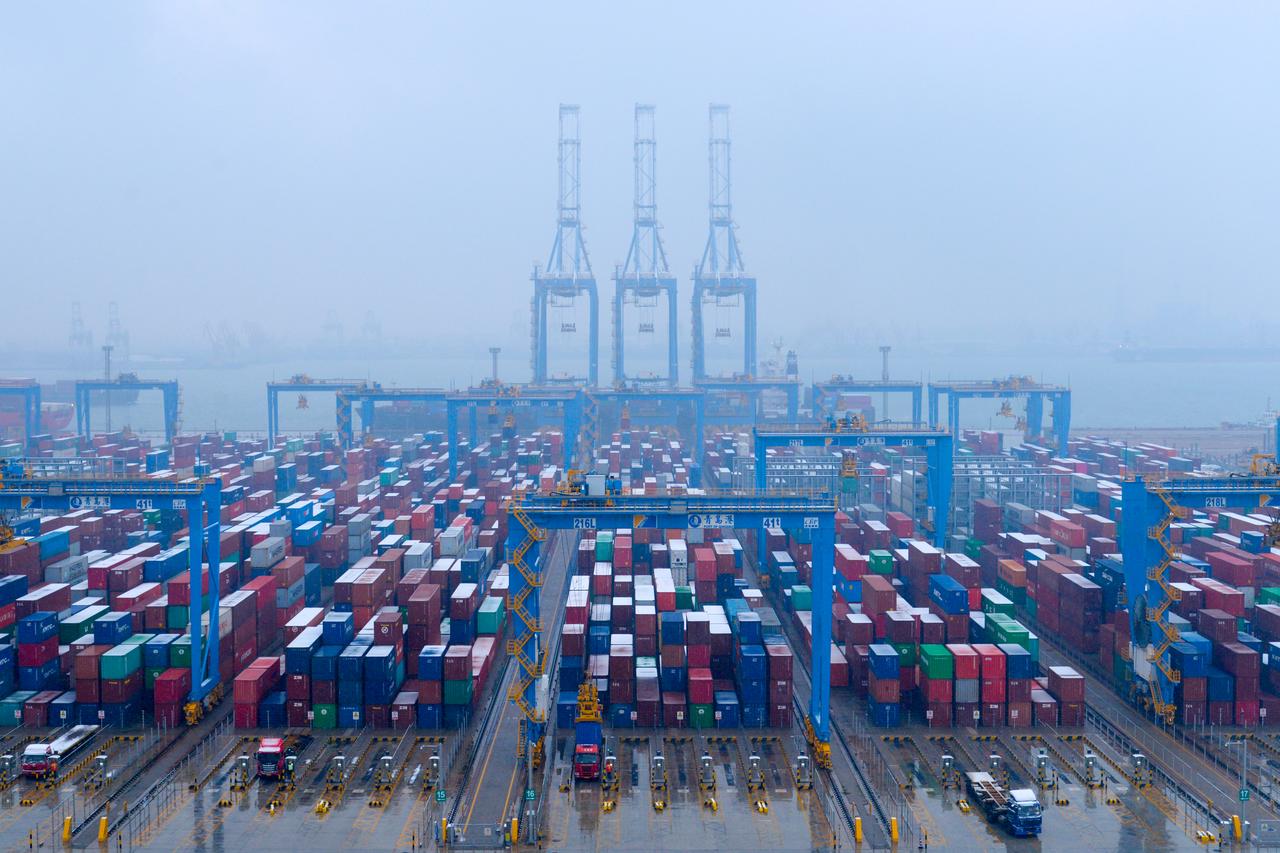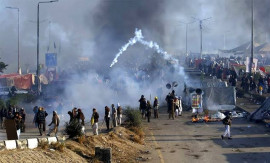
Corona and lockdown of global economy
Fall in exports, likely drop in remittances can dent Pakistan’s forex reserves
KARACHI: The Covid-19 continues to pose serious challenges to the economic conditions of developed and developing countries.
A recent report of the Committee for the Coordination of Statistical Activities (CCSA), titled “The impact of Covid-19 around the world, as told by statistics”, reveals the devastating impact on commodity prices, global trade, tourism as well as poverty.
The report of the CCSA, which comprises several international and supranational organisations, highlights the unprecedented shock to the labour market as 305 million full-time workers working a 48-hour workweek are expected to lose their jobs.
Almost all regions of the world are likely to report a drop in the hours worked. Approximately 2.26 billion workers have been affected by workplace closures, which are 68% of the total employed workers globally.
Similarly, 71 million employers, or 82% of all employers globally, have been impacted by workplace closures.
The report also highlights a sharp decline in quarterly global merchandise trade values. With commodity prices on a downward trend as well, the uncertainty in trading patterns is likely to continue.
The Free Market Commodity Price Index (FMCPI) for March 2020 had been negative for all major commodities.
The industrial production index with base year of 2015 collapsed for China in January 2020. In December 2019, China reported index value of 134. It decreased to 99.8 in January 2020.
With China as a primary hub of manufacturing activities, this decline has sent shockwaves through all economies of the world.
Uncertainties facing Pakistan
With the world economy reeling, the economy of Pakistan faces severe uncertainties as Covid-19 has impacted several aspects of the economy.
The overall Business Confidence Index, reported in the State Bank of Pakistan-Institute of Business Administration (SBP-IBA) Business Confidence Index published in April 2020, stands at 38. The index had recovered from its trough in June 2019, reaching a peak of 52 in December 2019.
Although employment levels improved in April 2020 from previous observations, the expected employment levels shrank from a positive to a negative level.
The SBP-IBA Consumer Confidence Index reports a declining trend in indices in May 2020. The index for expected economic conditions is higher than that for the current economic conditions, indicating a more positive outlook.
The overall growth in large-scale manufacturing (LSM) industries was negative 5.4% between July 2019 and March 2020. Major industries such as textile, food and beverages, chemicals and automobiles reported negative growth.
On the other hand, fertiliser and leather products reported positive growth rates of 5.8% and 5% respectively.
The quantum index consistently showed improvement in March in the preceding five years. However, the decline was substantial in March 2020. Therefore, the sharp fall in March 2020 can significantly influence other economic indicators that take into account volatility in the LSM index.
Export earnings
The decrease in global and domestic economic activity has severely dented export earnings for Pakistan. Exports in April 2020 decreased by 47% month-on-month and 54% year-on-year. Imports declined 3.4% month-on-month and 32% year-on-year.
Exports in April 2020 were reported to be less than $1 billion. The decline in exports in the first 10 months of FY20 over the same period of last fiscal year was 3.9% and the decline in imports was 16.2%.
The Covid-19 shock to exports has been exacerbated as major trading partners of Pakistan are all reporting either total or partial lockdown, limiting trade.
On the other hand, as trade policies adopted in the past couple of years have restricted imports to mainly essential goods, the drop in imports is likely to be less severe.
The decline in exports as well as expected drop in remittances can aggravate the delicate situation in terms of foreign currency reserves. Therefore, it is likely that Pakistan will have to approach various international donor agencies for Covid-19-related assistance.
Pakistan exported $17.5 billion worth of goods between July 2019 and March 2020, which was 2.2% higher than exports in the same period of previous fiscal year.
Exports had increased 3.6% till February 2020. However, the sluggishness in exports in April 2020 reversed the increasing trend.
Rice, in particular Basmati rice, was the only product that recorded positive growth in exports in April 2020 over the amount reported in April 2019. On a year-on-year basis, exports declined 33.64% in May 2020 while imports dropped 43.17%. However, the total impact on exports will be clear once the lockdown is lifted by major trading partners.
It is essential that Pakistani exporters improve export intelligence and enhance trading relationships to ensure that they are not only able to recapture but also expand export sales.
Workers at risk
Every sector in the economy stands exposed to challenges, albeit at a varying degree. The second edition of “The ILO Monitor: Covid-19 and the World of Work”, published by the International Labour Organisation, provides a sector-wise perspective in the backdrop of current crisis.
The manufacturing sector, wholesale and retail trade sector, accommodation and food services are likely to be most at risk in terms of job loss, while education, health services, public administration and utilities are positioned at the other end of the spectrum.
It also emphasises the risk of workers in the informal sector falling deeper into poverty. Therefore, as the global economies reopen, there is likely to be major redistribution in terms of employment and value addition across sectors.
Businesses will be forced to not only re-evaluate the demand and supply of their products in the market but will also have to more intensely manage their supply chains.
Pakistan recently reported a surge in demand for its textile face masks and personal protective equipment, particularly from the US and EU.
Furthermore, there is a significant potential for export of pharmaceutical products, including raw material, commonly produced in Pakistan and identified as crucial for combating the spread of the virus.
It is essential to take advantage of the surge in global demand for the health-related products produced competitively in Pakistan. In essence, the challenges and difficulties associated with Covid-19 can be mitigated by capitalising on the opportunities arising from the changing dynamics across different industries.
The writer is the Assistant Professor of Economics and Research Fellow at CBER, IBA
Published in The Express Tribune, June 8th, 2020.
Like Business on Facebook, follow @TribuneBiz on Twitter to stay informed and join in the conversation.





















COMMENTS
Comments are moderated and generally will be posted if they are on-topic and not abusive.
For more information, please see our Comments FAQ